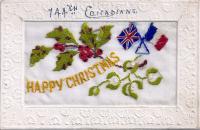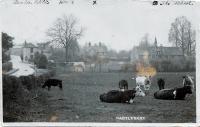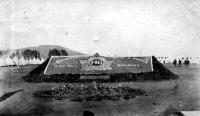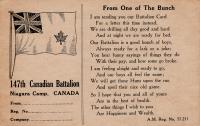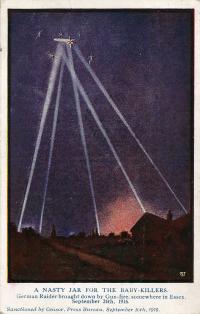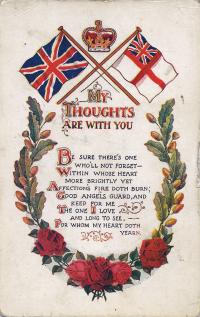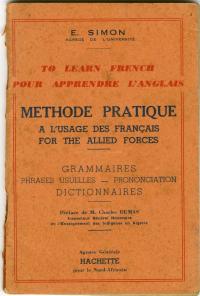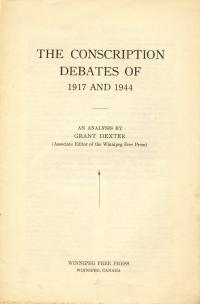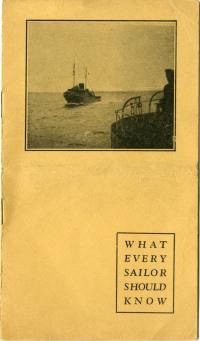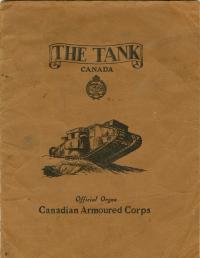Fighting
144h Battalion CEF
The 144th battalion was recruited and mobilized in Winnipeg, Manitoba, with a strength of 29 officers and 962 other ranks. The battalion embarked in Halifax on 19 September, 1916, on the troop ship Olympic, and disembarked in the UK on 25 September.
145th Battalion CEF
The 145th Battalion was recruited in Kent and Westmore counties, and mobilized in Moncton with a strength of 19 officers and 524 other ranks. The battalion embarked from Halifax on 27 September, 1916 on the troop ship Tuscania, and disembarked in the UK on 6 October.
146th Battalion CEF
The 146th battalion was recruited from the Frontenac, Lennox and Addington counties, and mobilized in Kingston with a strength of 26 officers and 581 other ranks. The battalion embarked from Halifax on 27 September, 1916 on the troop ship Southland, and disembarked in the UK on 6 October.
147th Battalion CEF
The 147th Battalion was recruited from Grey County, and mobilized in Owen Sound with a strength of 32 officers, and 910 other ranks. The battalion embarked from Halifax on 14 November, 1916 on the troop ship Olympic, and disembarked in the UK on 20 November.
148th Battalion CEF
The 148th battalion CEF was recruited from the Montreal district of Quebec, and mobilized in Montreal with a strength of 32 officers and and 951 other ranks. The battalion embarked from Halifax on 27 September, 1916 on the troop ship Laconia, and disembarked in the UK 6 October.
149th Battalion CEF
The 149th Battalion CEF was recruited in Lambton County, and mobilized in Watford, Ontario, with a strength of 18 officers, and 439 other ranks in 1915. The battalion embarked from Halifax aboard the troop ship Lapland on 28 March, 1917, and disembarked in the UK on 10 April, 1917.
Méthode pratique à l'usage des Français for the Allied Forces
Language barriers were a common yet serious challenge to the efficient collaboration between Allied forces in Europe, as well as in other theatres of war. Not speaking the local language was also disadvantageous when trying to communicate with residents, navigating towns, or while attempting to gather information.
The Conscription Debates of 1917 and 1944
Mr. Grant Dexter, the associate director of the Winnipeg Free Press wrote this analysis of the differences between the conscription debates of 1917 and 1944, and used them as a tool to exemplify the changes happening to Canadian politics. This booklet featured in the Winnipeg Free Press included historical attitudes, constitutional aspects, and different pressure groups' perspectives when discussing conscription.
What Every Sailor Should Know
During the Second World War, having men out of service as a result of venereal diseases, or the required medical treatment for them, was a source of great concern for Canadian military authorities. Men in uniform were encouraged to abstain from engaging in risky sexual relations or visit brothels while stationed abroad, and were issued informative (and cautioning) booklets on sexually-transmitted diseases.
"The Tank" Canada - A Magazine
At Camp Borden, the Canadian Armoured Corps had its own magazine and newsletter, The Tank, whose articles covered personal experiences, impressions of individuals serving overseas (including the experiences of an Indian Army officer), creative writing, and news from different units.

